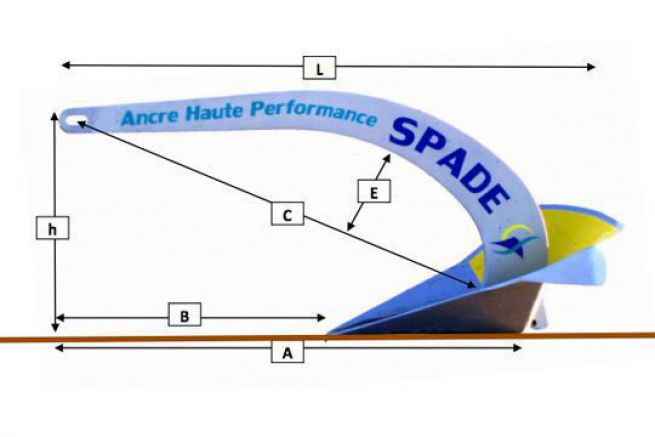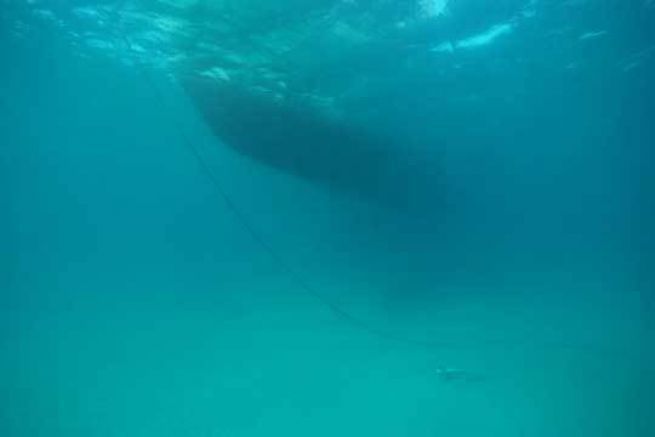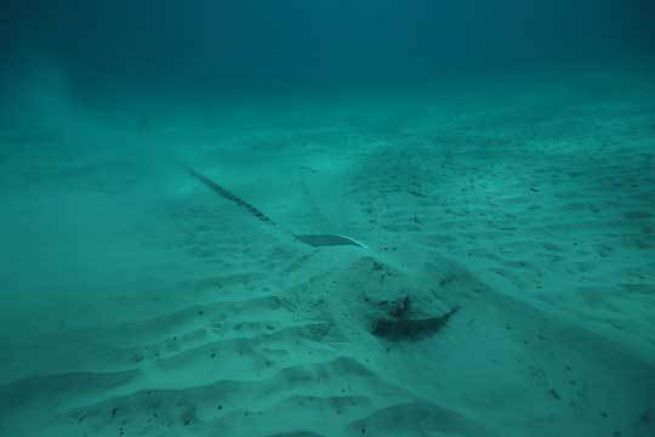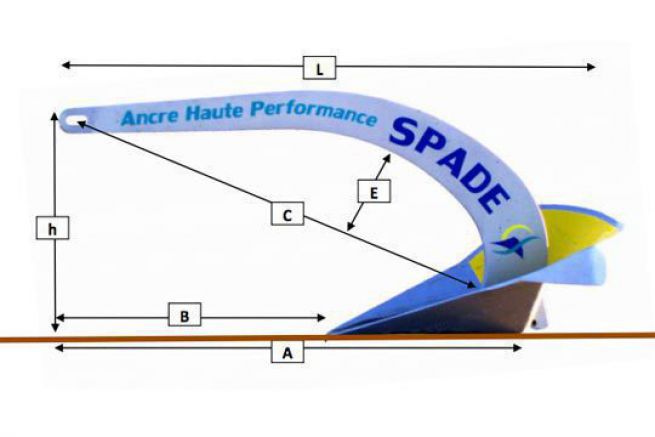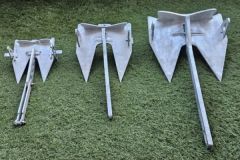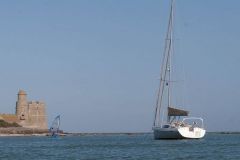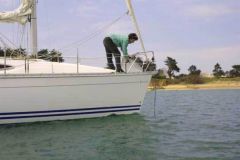We interviewed Fabien Martin, manufacturer of Spade anchors, to ask him about the importance of the shape of the anchor on his outfit.

What are the criteria to remember when drawing an anchor?
An anchor must necessarily weigh a certain weight. With the weight of the chain, it should not "float" in the bottom. Thus, it retains its properties for good burial.
On the drawing side, the shape of the shovel is essential. It is she who offers a good grip on the funds, who keeps her from dropping out. The angle of fire between the rod and the shovel is also very important for ground penetration.
A good distribution of the anchor masses is essential. The position of the centre of gravity must be clearly defined. Always so that the shovel picks up well. This balance will cause the anchor to land on the ground always in position for the shovel to point into the ground. For example, we have chosen to ballast the tip of the Spade with lead. 50% of the total weight of the anchor is located there! Thus balanced, the anchor always sticks in the ground at the slightest traction.
Of course, the building material will be chosen solid to avoid any deformation.
Finally, for the form, we also take into account the ease of handling when reassembling and storing on board the boat. The design must be harmonious and practical for positioning on the forceps.
Once this drawing has been made, we check that the anchor works in all types of bottoms (sand, mud, grass beds...)
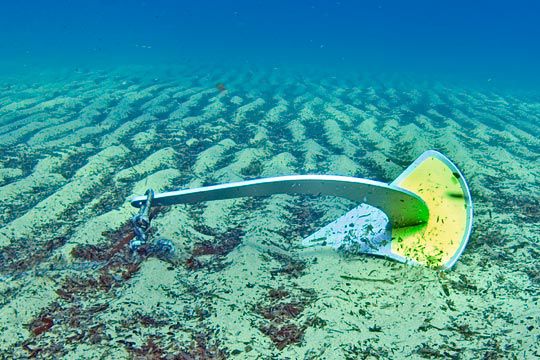
What materials are used to make an anchor?
Three materials can be used to build an anchor:
Specific galvanized marine steel. It is the most solid and most common (because it is the cheapest). But over time, rust spots always appear.
Special marine stainless steel. There are many types of stainless steel on the market, their strength and corrosion resistance are different. At Spade, we have chosen a stainless steel whose strength is identical to that of steel, but at a price about three times higher than the others..
Aluminium. Lighter than steel or stainless steel, it is a more flexible material. It therefore offers a risk of deformation or torsion under extreme conditions. This type of anchor is recommended for a secondary, emergency or rear anchor.
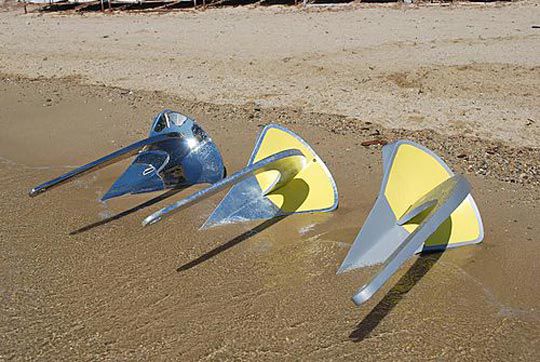
For an anchor, which is more important: the weight or the shape?
The two new models will be unveiled at the Boot in Düsseldorf, Germany, from 21 to 29 January 2017.
The shape of an anchor contributes to its appearance. For example, an anchor with a large shovel surface should be chosen, because the larger the shovel surface, the better the hold of the anchor. But not only that. At Spade, we have chosen to make a spoon-shaped shovel. It is the shape that offers the highest resistance coefficient. The more traction on the chain, the more the anchor buries itself in the ground. An anchor of the same weight and surface area, but with a different shape, will not give the same hold.
However, experience shows that weight remains as important as ever. In particular, it helps to ensure proper repositioning in the event of a wind or current reversal, when the boat rotates around its anchor. An anchor heavy enough to hang up quickly, before the boat has time to gain speed.
As boats are anchored in high current areas, the product will erode too quickly due to the permanent current
